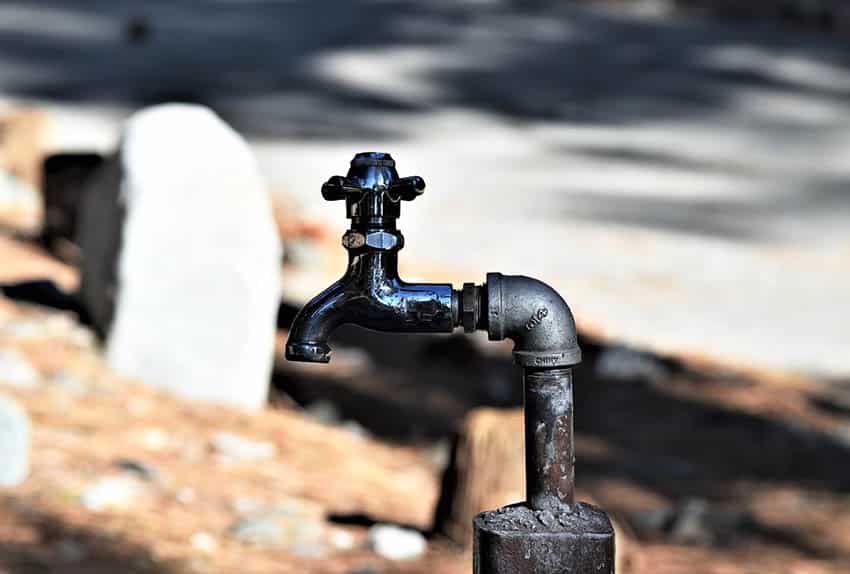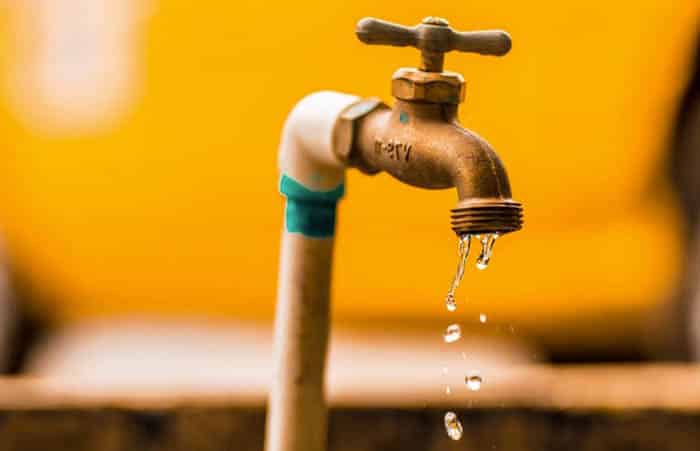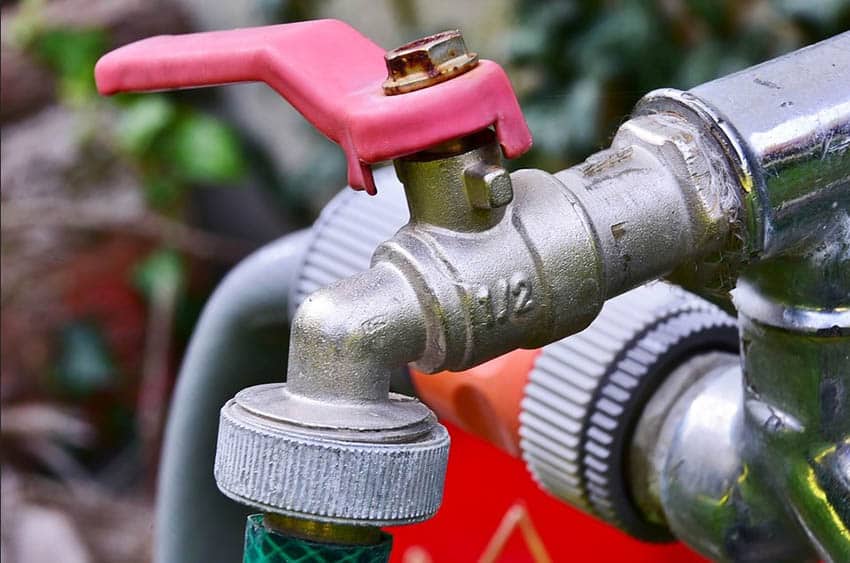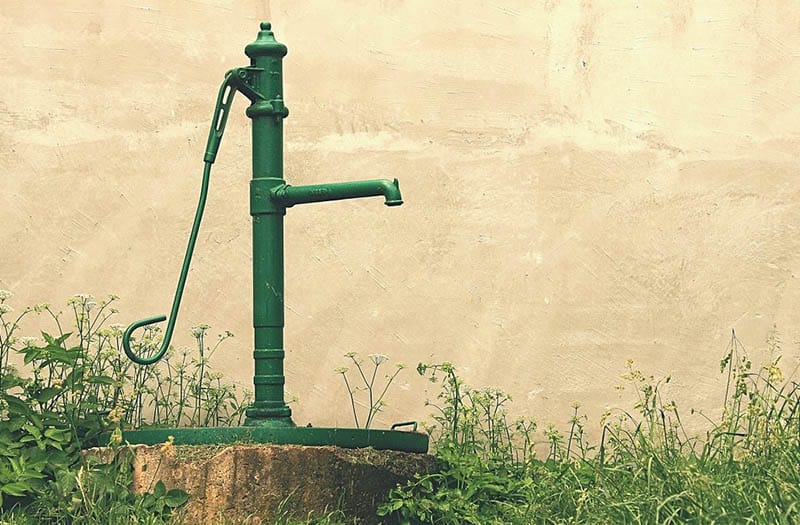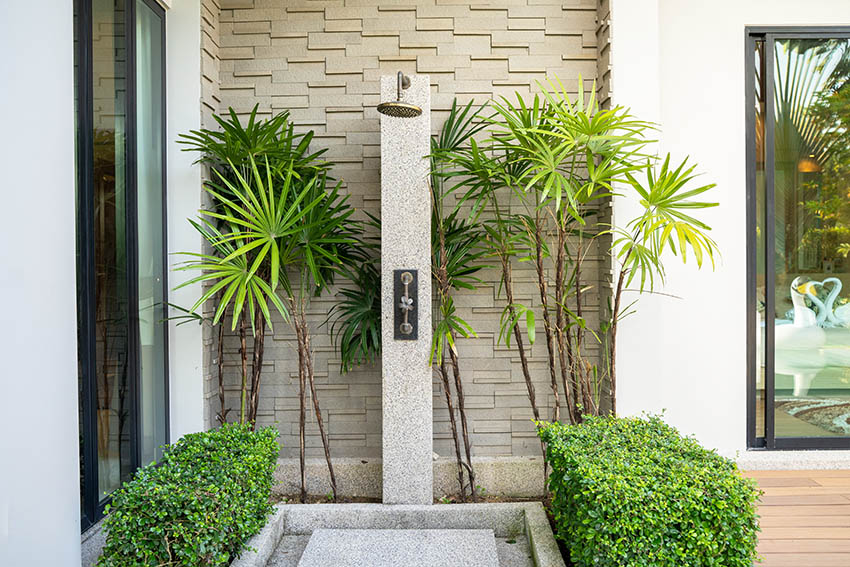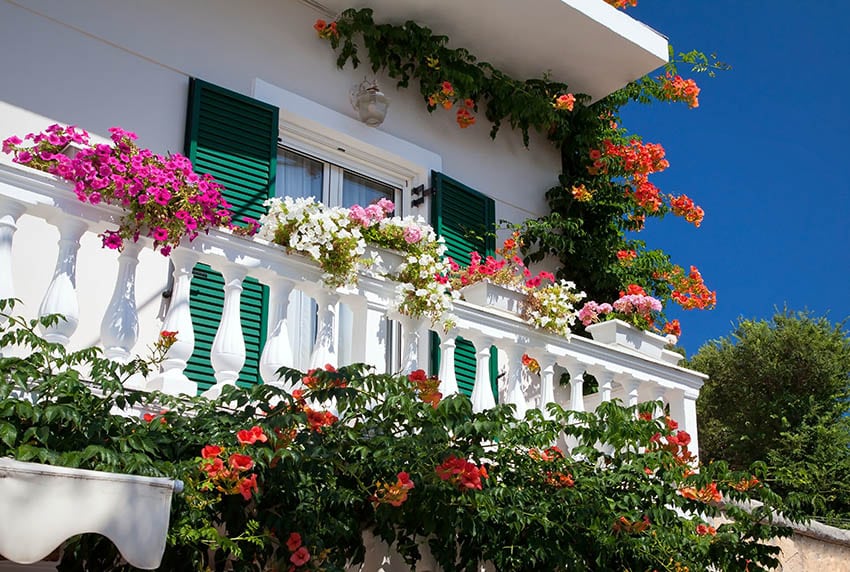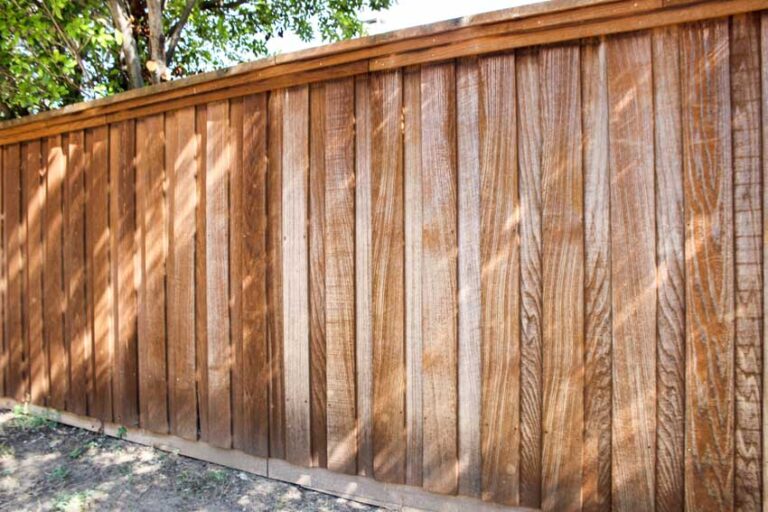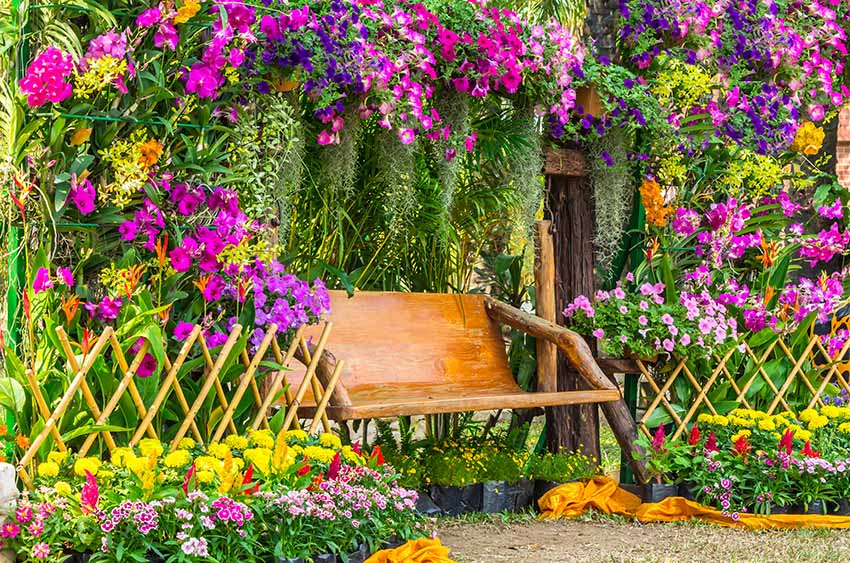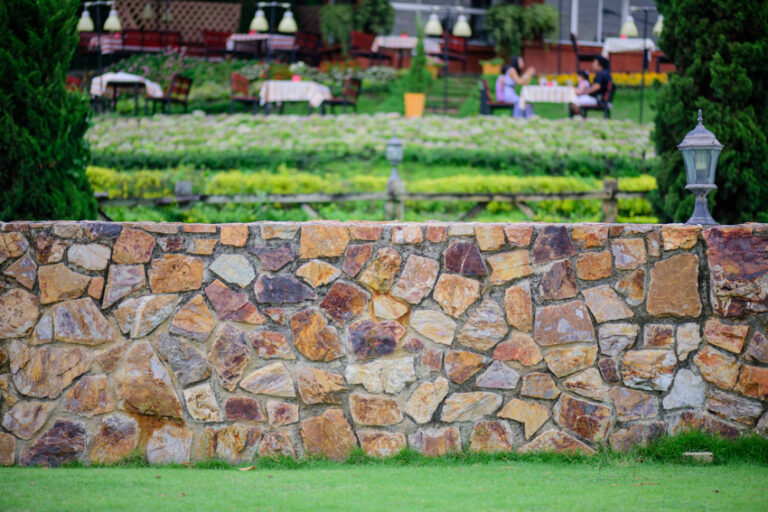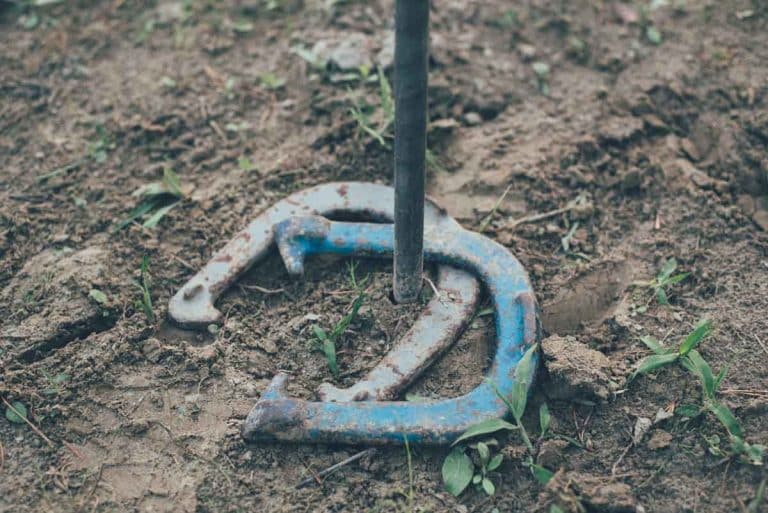Types of Outdoor Faucets (Garden & Patio Guide)
Here’s our types of outdoor faucets guide including the most popular models for your garden or patio.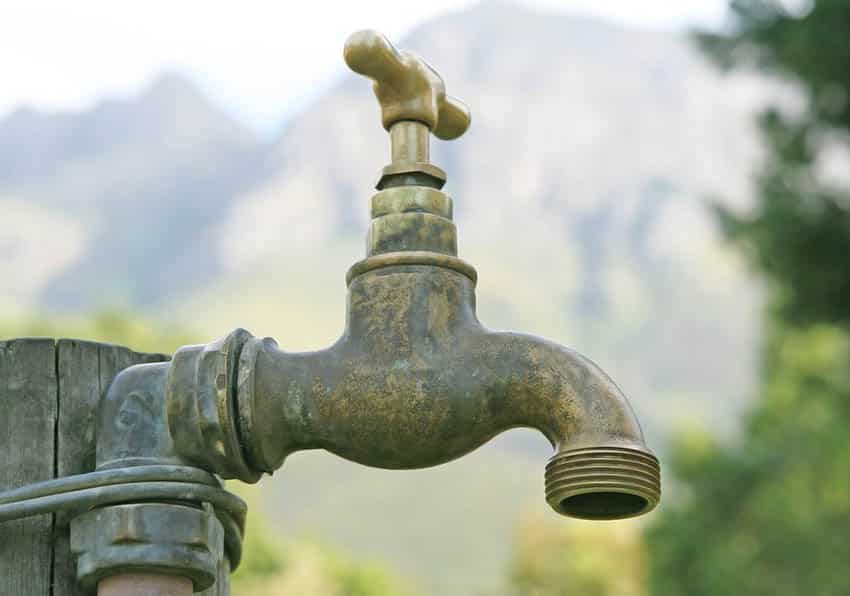
When planning your home, you don’t want to forget the small details. This includes making sure that you have the right faucets both inside and outside of your home.
Concerning outdoor faucets, you might even think you can get away with whichever option sticks out to you due to price or aesthetics. There are a number of different types of outdoor faucets that cater to different homeowners’ needs.
To make sure that you have spigots that look great and function just as you’d like them to, we’re going to break down everything you need to know about different types of outdoor faucets. [toc]
Spigot Faucets
Spigot faucets are a traditional choice that you might also hear referred to as compression valve faucets. These work in most situations when you only need a straightforward outdoor water fixture.
Unfortunately, if you live in a particularly cold climate or a climate with cold winters, you might see a spigot valve suffer for its lack of weatherproofing.
The way that these spigot faucets work is simple too. All you have to do is turn the handle on the tap to the left, and water from your house will pour out of the spout.
Turning the handle to the right will stop the flow when needed. Generally, as long as you can remember the old adage of “lefty loosey, righty tighty,” you’ll have no trouble using a spigot faucet.
In the sections moving forward, we’ll look at a few ways that these faucets have been improved upon with better protections.
Hose Bib Faucet
Hose bib faucets are often also referred to as either a spigot or a sillcock. They’re a pretty standard option for outdoor faucets as well, and you might even have one outside your home right now!
These are often used to attach hoses to a water source, and they have a relatively utilitarian design. Many of these hose bib faucets rely on a globe valve to help control the water flow and work similarly to compression valve faucets. This can change, though, if the hose bib faucet is made to be frost-proof or otherwise weatherproof.
That’s really the weakness of a hose bib design is that at their core, they aren’t very weatherproof. That’s why most homeowners who opt for this type of faucet either splurge on additional weatherproof features or choose this option if they live in a milder climate.
All in all, these plumbing fixtures are a reliable and often relied-on choice for basic water dispenser needs.
Ball Valve Faucets
Ball valve faucets are popular not only for outside use but also for indoor water taps. These work in a pretty simple manner. There is a ball fitted tightly into the valve, and water passes directly through a hole in the ball. This controls how the water flows out of your faucet.
When you turn the spigot on, the ball turns to allow water to pass through. However, there is a downside to this method.
Because the ball is either turned to open or it isn’t, there aren’t a lot of options when it comes to pressure or flow variations.
Luckily, this will still serve the basic purpose that an outdoor faucet connected to a hose, for example, would need. That’s also the primary reason that you might hear these water fixtures referred to as “shut-off valves” as well.
Frost-Proof Outdoor Faucet
We mentioned earlier that there are options for a frost-proof hose bib that the average hose bib isn’t quite as strong as. These types of outdoor faucets, as the name suggests, are designed to withstand colder climates by not being as susceptible to threats like frost.
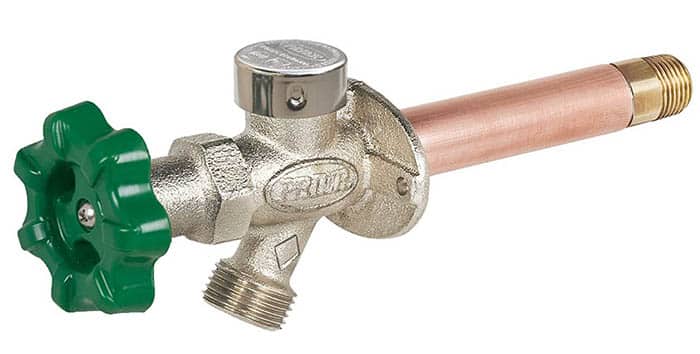
These are a must-have type of water spigot to have if you live in a cold climate or one that is prone to cold snaps.
After all, since the faucet is constantly outside, it doesn’t have a lot of other protection from the elements like the temperature. This way, you can help your outdoor faucet last much longer in a colder climate.
One note about these faucets is that you should be sure to detach your hose from them when they aren’t in use. This is because faucets are installed at a downward angle to help water drain out of them, preventing them from freezing in the fixture. A hose won’t allow it to drain fully once you’re done using it.
Anti-Siphon Faucets
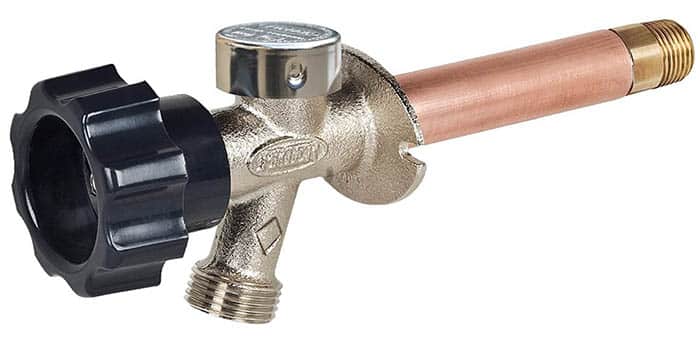
Another safety precaution that you can take with your water dispensers is to buy an anti-siphon faucet. These faucets only allow the water to flow one way through them. This means there’s no chance of the water flowing backward, introducing contaminants into the supply.
This is an especially important feature to consider if your outdoor faucet is at all connected to your drinking water supply. The last thing you want to do is allow contaminants from outside use to end up back in your home for your family to drink or to wash your dishes with.
The good news is that many outdoor faucets come with this feature pre-installed. If not, though, it’s an easy addition that will save you a lot of worry in the long run. All you have to do is buy an anti-siphon valve that matches your water fixture. Then, just screw it on at the end of the spout to install it.
Yard Hydrant
Yard hydrants are a versatile choice when it comes to outdoor faucets. Instead of attaching to the water system of your home, they are linked to water supply pipes underground. This comes with a few distinct advantages.
For one, these underground pipes are far more insulated against cold weather than the pipes in a home. This means that even if you experience rather harsh winters, you won’t have to worry as much about your pipes freezing and temporarily losing access to water.
The other big benefit of yard hydrants is that they don’t have to be placed close to your house if you don’t want them to be. After all, the house doesn’t contain their water source, the ground does. As a result, yard hydrants give you a lot more room in deciding the placement of the outside water dispenser type in your yard to fit what you need.
They’re pretty intuitively designed too. When you need water, all you have to do is pull up on the handle and the water will escape the piping. The distance controls this gap in the piping, so the further you pull up, the more water comes out. In all, they’re pretty simplistic and easy to use.
Outdoor Shower Faucet
An outdoor shower faucet can be set up with hot or cold water depending on how involved you want it to be. They can be great if you have a swimming pool or live near the beach to make sure chlorine or sand isn’t tracked in to the home.
As a DIY project running only cold water, an outdoor shower faucet can be as easy as running a garden hose from a spigot to a shower head suspended at the right height for washing off.
For those desiring hot water a plumber can be contracted to install a Y fitting that brings the hot and cold water together to the outdoor shower faucethead.
Outdoor Kitchen Faucet
Finally, there is the option of an outdoor kitchen faucet. As the name “kitchen faucet” might suggest, this is a water tap outfitted to look like the one you have in your kitchen. Of course, this comes with a primary spout and a handle that’s either detached or separated on the side.
These faucets aren’t what you’re looking for if you want a hookup for a hose. Instead, these are best suited to outdoor kitchens with sinks. Think about what you use your indoor kitchen faucet for, and you’ll know what these faucets are often used for just in a different setting.
There are a variety of options out there when you want to add a outside water fixture to your home. Depending on the climate you live in and what you want to use your faucet for, you’re sure to find something that perfectly fits your wants and needs.
For more related information check out our page on the types of kitchen faucets.

